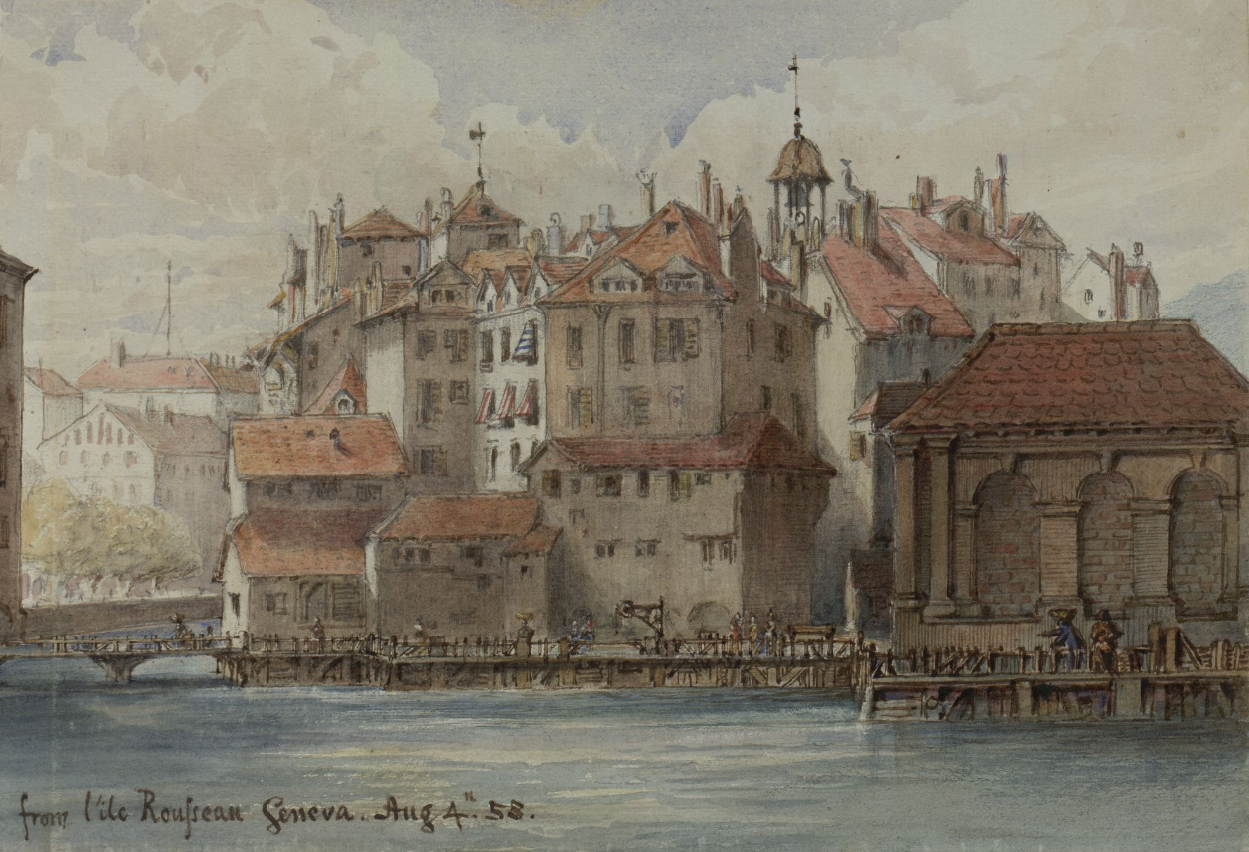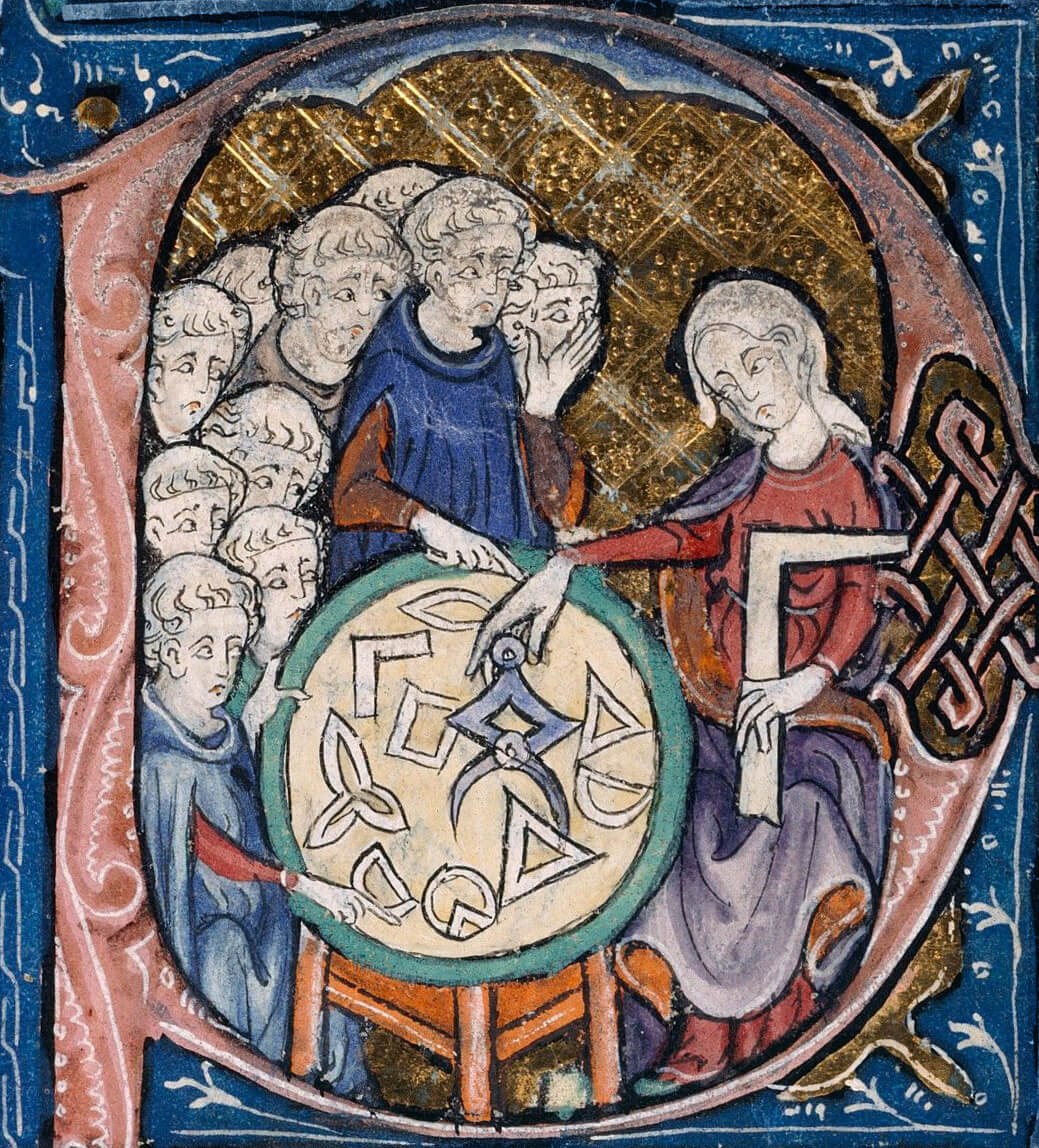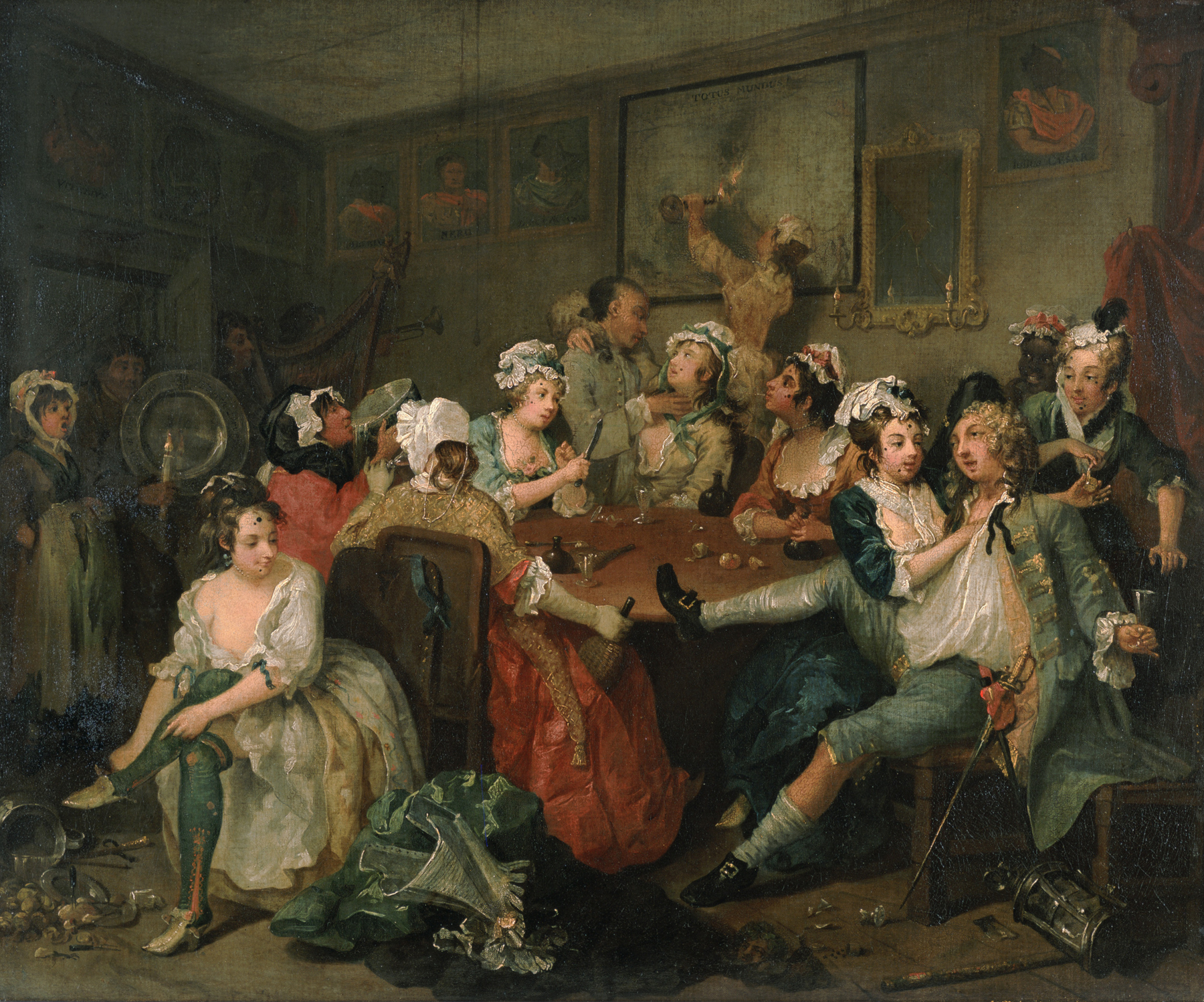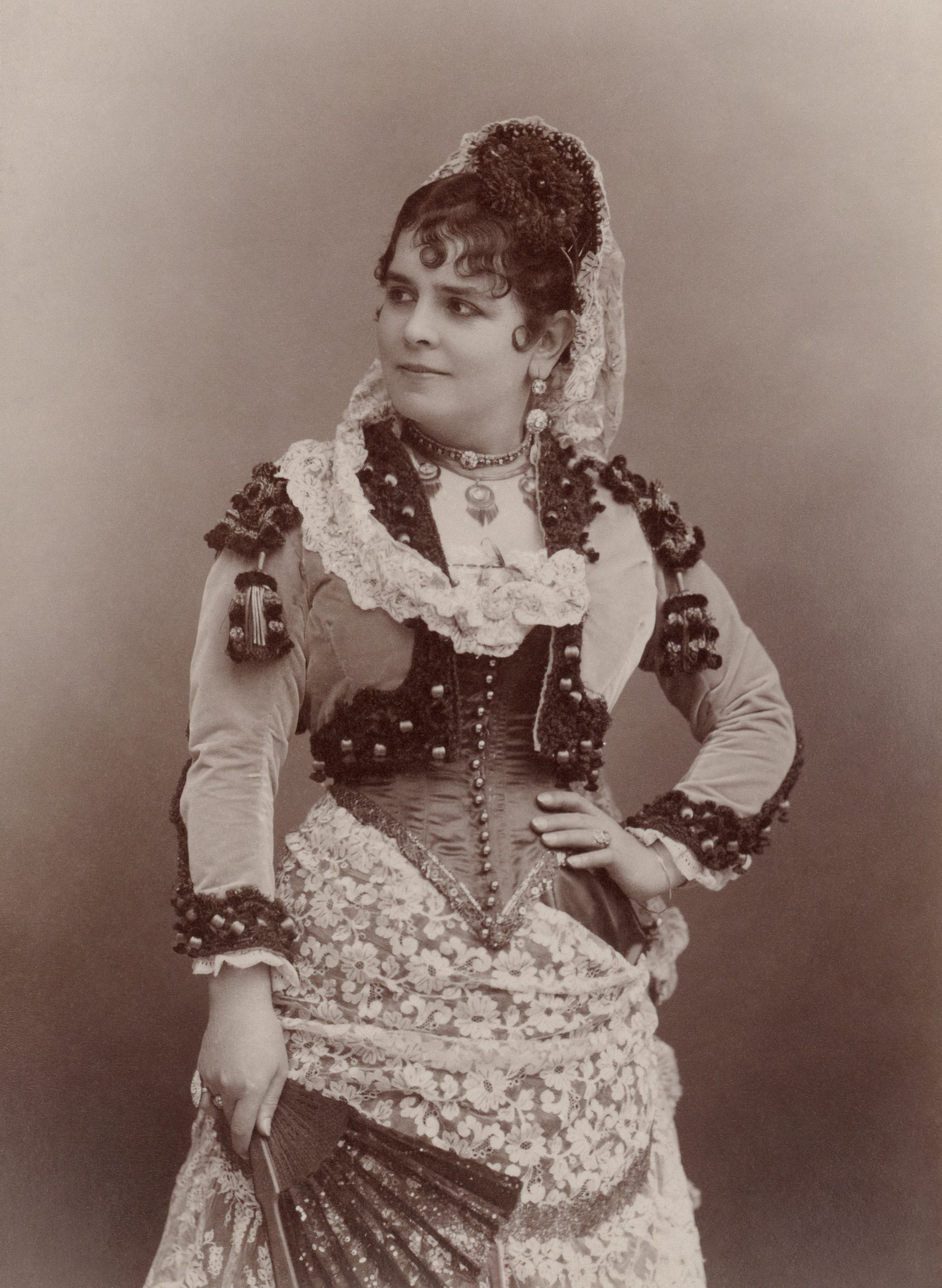|
Michel Tabachnik
Michel Tabachnik (born November 10, 1942) is a Swiss conductor and composer with an international career. Promoter of contemporary music, he has premiered a dozen works by Iannis Xenakis, among others. He is also the author of essays on music and novels. In 1995, he was implicated in the case of the Order of the Solar Temple, from which he was acquitted by the courts. Early years Tabachnik was born in Geneva, where he studied piano, composition and conducting. As a young conductor he was a protégé of Igor Markevitch, Herbert von Karajan and Pierre Boulez, acting as the latter's assistant for four years, mainly with the BBC Symphony Orchestra, London. This led him to become closely involved with conducting and to perform many world premieres, particularly those of Iannis Xenakis. Career International He has held the position of Chief Conductor of the Gulbenkian Foundation Orchestra in Lisbon, the Orchestre Philharmonique de Lorraine, the Ensemble InterContemporain in Pari ... [...More Info...] [...Related Items...] OR: [Wikipedia] [Google] [Baidu] |
Geneva
Geneva ( ; french: Genève ) frp, Genèva ; german: link=no, Genf ; it, Ginevra ; rm, Genevra is the second-most populous city in Switzerland (after Zürich) and the most populous city of Romandy, the French-speaking part of Switzerland. Situated in the south west of the country, where the Rhône exits Lake Geneva, it is the capital of the Republic and Canton of Geneva. The city of Geneva () had a population 201,818 in 2019 (Jan. estimate) within its small municipal territory of , but the Canton of Geneva (the city and its closest Swiss suburbs and exurbs) had a population of 499,480 (Jan. 2019 estimate) over , and together with the suburbs and exurbs located in the canton of Vaud and in the French departments of Ain and Haute-Savoie the cross-border Geneva metropolitan area as officially defined by Eurostat, which extends over ,As of 2020, the Eurostat-defined Functional Urban Area of Geneva was made up of 93 Swiss communes and 158 French communesFederal Statistical O ... [...More Info...] [...Related Items...] OR: [Wikipedia] [Google] [Baidu] |
Lucerne
Lucerne ( , ; High Alemannic: ''Lozärn'') or Luzern ()Other languages: gsw, Lozärn, label= Lucerne German; it, Lucerna ; rm, Lucerna . is a city in central Switzerland, in the German-speaking portion of the country. Lucerne is the capital of the canton of Lucerne and part of the district of the same name. With a population of approximately 82,000 people, Lucerne is the most populous city in Central Switzerland, and a nexus of economics, transportation, culture, and media in the region. The city's urban area consists of 19 municipalities and towns with an overall population of about 220,000 people. Owing to its location on the shores of Lake Lucerne (german: Vierwaldstättersee) and its outflow, the river Reuss, within sight of the mounts Pilatus and Rigi in the Swiss Alps, Lucerne has long been a destination for tourists. One of the city's landmarks is the Chapel Bridge (german: Kapellbrücke, link=no), a wooden bridge first erected in the 14th century. The official lan ... [...More Info...] [...Related Items...] OR: [Wikipedia] [Google] [Baidu] |
Switzerland
; rm, citad federala, links=no). Swiss law does not designate a ''capital'' as such, but the federal parliament and government are installed in Bern, while other federal institutions, such as the federal courts, are in other cities (Bellinzona, Lausanne, Lucerne, Neuchâtel, St. Gallen a.o.). , coordinates = , largest_city = Zurich , official_languages = , englishmotto = "One for all, all for one" , religion_year = 2022 , religion_ref = , religion = , demonym = , german: link=no, Schweizer/Schweizerin, french: link=no, Suisse/Suissesse, it, svizzero/svizzera or , rm, Svizzer/Svizra , government_type = Federal assembly-independent directorial republic , leader_title1 = Federal Council , leader_name1 = , leader_title2 = , leader_name2 = Viktor Rossi , legislature = Federal Assembly , upper_house = Counci ... [...More Info...] [...Related Items...] OR: [Wikipedia] [Google] [Baidu] |
French Revolution
The French Revolution ( ) was a period of radical political and societal change in France that began with the Estates General of 1789 and ended with the formation of the French Consulate in November 1799. Many of its ideas are considered fundamental principles of liberal democracy, while phrases like '' liberté, égalité, fraternité'' reappeared in other revolts, such as the 1917 Russian Revolution, and inspired campaigns for the abolition of slavery and universal suffrage. The values and institutions it created dominate French politics to this day. Its causes are generally agreed to be a combination of social, political and economic factors, which the ''Ancien Régime'' proved unable to manage. In May 1789, widespread social distress led to the convocation of the Estates General, which was converted into a National Assembly in June. Continuing unrest culminated in the Storming of the Bastille on 14 July, which led to a series of radical measures by the Assemb ... [...More Info...] [...Related Items...] OR: [Wikipedia] [Google] [Baidu] |
Royal Danish Academy Of Music
The Royal Danish Academy of Music, or Royal Danish Conservatory of Music ( da, Det Kongelige Danske Musikkonservatorium), in Copenhagen is the oldest professional institution of musical education in Denmark as well as the largest, with approximately 400 students. It was established in 1867 as ''Kjøbenhavns Musikkonservatorium'' by Niels Gade – who was also the first rector –, J.P.E. Hartmann and Holger Simon Paulli on the basis of a testamentary gift from the jeweler P.W. Moldenhauer, and with inspiration from the Leipzig Conservatory and a conservatory founded by Giuseppe Siboni in Copenhagen in 1827. Carl Nielsen was a teacher in the period 1916–1919 and the rector during the last year of his life. The academy was renamed to ''Det Kongelige Danske Musikkonservatorium'' in 1902 and became a national state institution in 1949. Queen Margrethe II of Denmark is Protector of the institution. Originally located on H.C. Andersens Boulevard, it relocated into Radiohuset, the f ... [...More Info...] [...Related Items...] OR: [Wikipedia] [Google] [Baidu] |
University Of Toronto
The University of Toronto (UToronto or U of T) is a public research university in Toronto, Ontario, Canada, located on the grounds that surround Queen's Park. It was founded by royal charter in 1827 as King's College, the first institution of higher learning in Upper Canada. Originally controlled by the Church of England, the university assumed its present name in 1850 upon becoming a secular institution. As a collegiate university, it comprises eleven colleges each with substantial autonomy on financial and institutional affairs and significant differences in character and history. The university maintains three campuses, the oldest of which, St. George, is located in downtown Toronto. The other two satellite campuses are located in Scarborough and Mississauga. The University of Toronto offers over 700 undergraduate and 200 graduate programs. In all major rankings, the university consistently ranks in the top ten public universities in the world and as the top ... [...More Info...] [...Related Items...] OR: [Wikipedia] [Google] [Baidu] |
Pedagogue
Pedagogy (), most commonly understood as the approach to teaching, is the theory and practice of learning, and how this process influences, and is influenced by, the social, political and psychological development of learners. Pedagogy, taken as an academic discipline, is the study of how knowledge and skills are imparted in an educational context, and it considers the interactions that take place during learning. Both the theory and practice of pedagogy vary greatly as they reflect different social, political, and cultural contexts. Pedagogy is often described as the act of teaching. The pedagogy adopted by teachers shapes their actions, judgments, and teaching strategies by taking into consideration theories of learning, understandings of students and their needs, and the backgrounds and interests of individual students. Its aims may range from furthering liberal education (the general development of human potential) to the narrower specifics of vocational education (the ... [...More Info...] [...Related Items...] OR: [Wikipedia] [Google] [Baidu] |
The Rake's Progress
''The Rake's Progress'' is an English-language opera from 1951 in three acts and an epilogue by Igor Stravinsky. The libretto, written by W. H. Auden and Chester Kallman, is based loosely on the eight paintings and engravings '' A Rake's Progress'' (1733–1735) of William Hogarth, which Stravinsky had seen on 2 May 1947, in a Chicago exhibition. The story concerns the decline and fall of one Tom Rakewell, who deserts Anne Trulove for the delights of London in the company of Nick Shadow, who turns out to be the Devil. After several misadventures, all initiated by the devious Shadow, Tom ends up in Bedlam, a hospital for the insane at that time situated in the City of London. The moral of the tale is: "For idle hearts and hands and minds the Devil finds work to do." Performance history It was first performed at the Teatro La Fenice in Venice on 11 September 1951, with Elisabeth Schwarzkopf creating the role of Anne Trulove, and Robert Rounseville that of Tom Rakewell. It w ... [...More Info...] [...Related Items...] OR: [Wikipedia] [Google] [Baidu] |
Carmen
''Carmen'' () is an opera in four acts by the French composer Georges Bizet. The libretto was written by Henri Meilhac and Ludovic Halévy, based on the novella of the same title by Prosper Mérimée. The opera was first performed by the Opéra-Comique in Paris on 3 March 1875, where its breaking of conventions shocked and scandalised its first audiences. Bizet died suddenly after the 33rd performance, unaware that the work would achieve international acclaim within the following ten years. ''Carmen'' has since become one of the most popular and frequently performed operas in the classical canon; the " Habanera" from act 1 and the "Toreador Song" from act 2 are among the best known of all operatic arias. The opera is written in the genre of ''opéra comique'' with musical numbers separated by dialogue. It is set in southern Spain and tells the story of the downfall of Don José, a naïve soldier who is seduced by the wiles of the fiery gypsy Carmen. José abandons his childho ... [...More Info...] [...Related Items...] OR: [Wikipedia] [Google] [Baidu] |
Madama Butterfly
''Madama Butterfly'' (; ''Madame Butterfly'') is an opera in three acts (originally two) by Giacomo Puccini, with an Italian libretto by Luigi Illica and Giuseppe Giacosa. It is based on the short story " Madame Butterfly" (1898) by John Luther Long, which in turn was based on stories told to Long by his sister Jennie Correll and on the semi-autobiographical 1887 French novel '' Madame Chrysanthème'' by Pierre Loti.Chadwick Jenna"The Original Story: John Luther Long and David Belasco" on columbia.edu Long's version was dramatized by David Belasco as the one-act play '' Madame Butterfly: A Tragedy of Japan'', which, after premiering in New York in 1900, moved to London, where Puccini saw it in the summer of that year. The original version of the opera, in two acts, had its premiere on 17 February 1904 at La Scala in Milan. It was poorly received, despite having such notable singers as soprano Rosina Storchio, tenor Giovanni Zenatello and baritone Giuseppe De Luca in l ... [...More Info...] [...Related Items...] OR: [Wikipedia] [Google] [Baidu] |
Lohengrin (opera)
''Lohengrin'', WWV 75, is a Romantic opera in three acts composed and written by Richard Wagner, first performed in 1850. The story of the eponymous character is taken from medieval German romance, notably the '' Parzival'' of Wolfram von Eschenbach, and its sequel ''Lohengrin'', itself inspired by the epic of '' Garin le Loherain''. It is part of the Knight of the Swan legend. The opera has inspired other works of art. King Ludwig II of Bavaria named his castle Neuschwanstein Castle after the Swan Knight. It was King Ludwig's patronage that later gave Wagner the means and opportunity to complete, build a theatre for, and stage his epic cycle '' Der Ring des Nibelungen''. He had discontinued composing it at the end of Act II of ''Siegfried'', the third of the ''Ring'' tetralogy, to create his radical chromatic masterpiece of the late 1850s, ''Tristan und Isolde'', and his lyrical comic opera of the mid-1860s, ''Die Meistersinger von Nürnberg''. The most popular and recogn ... [...More Info...] [...Related Items...] OR: [Wikipedia] [Google] [Baidu] |








